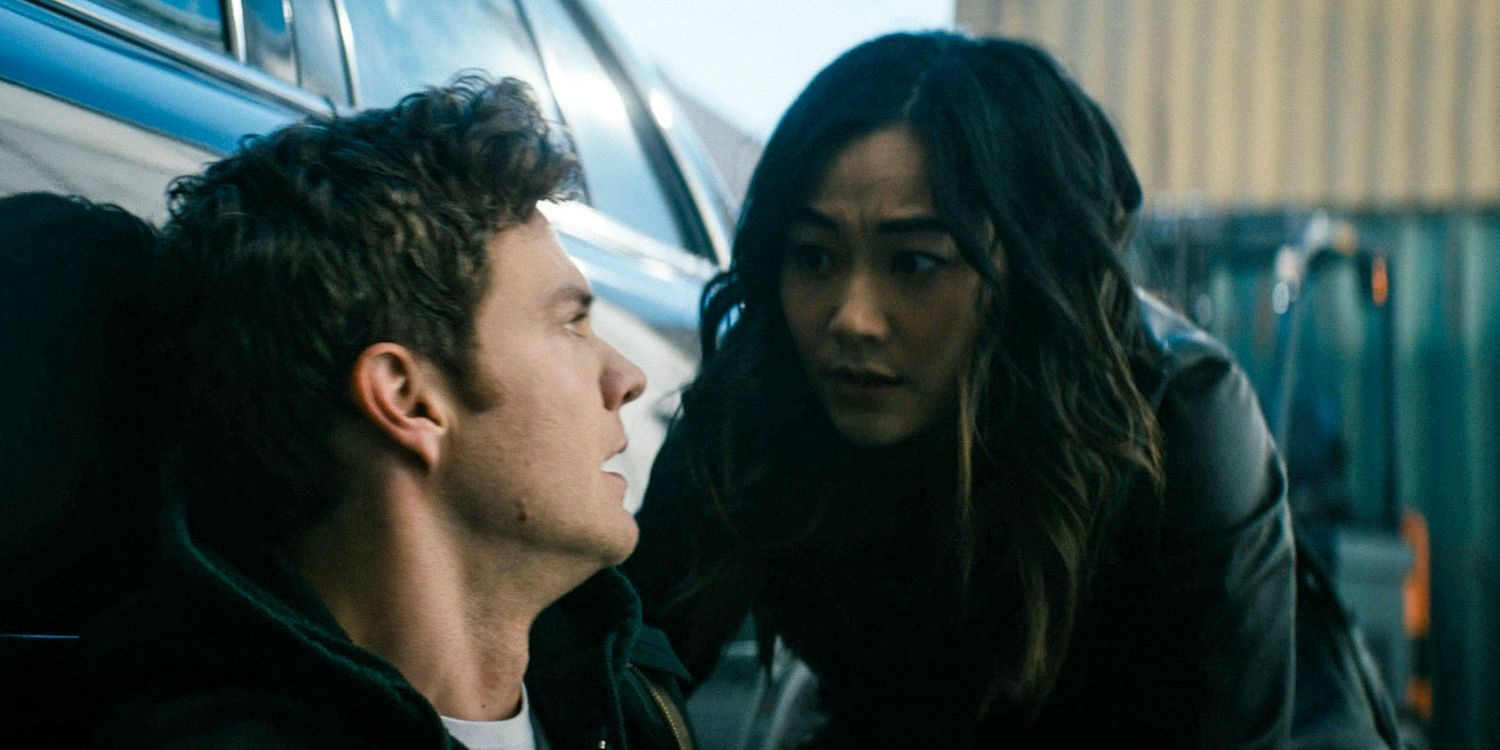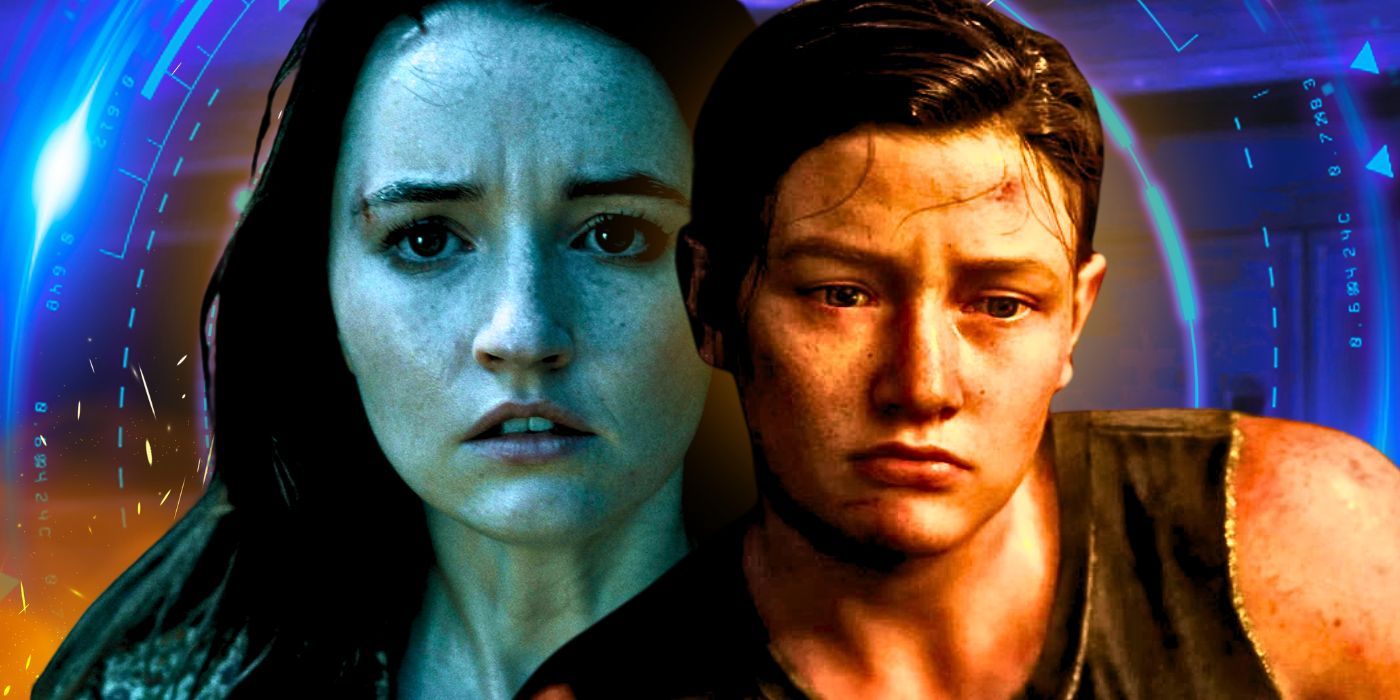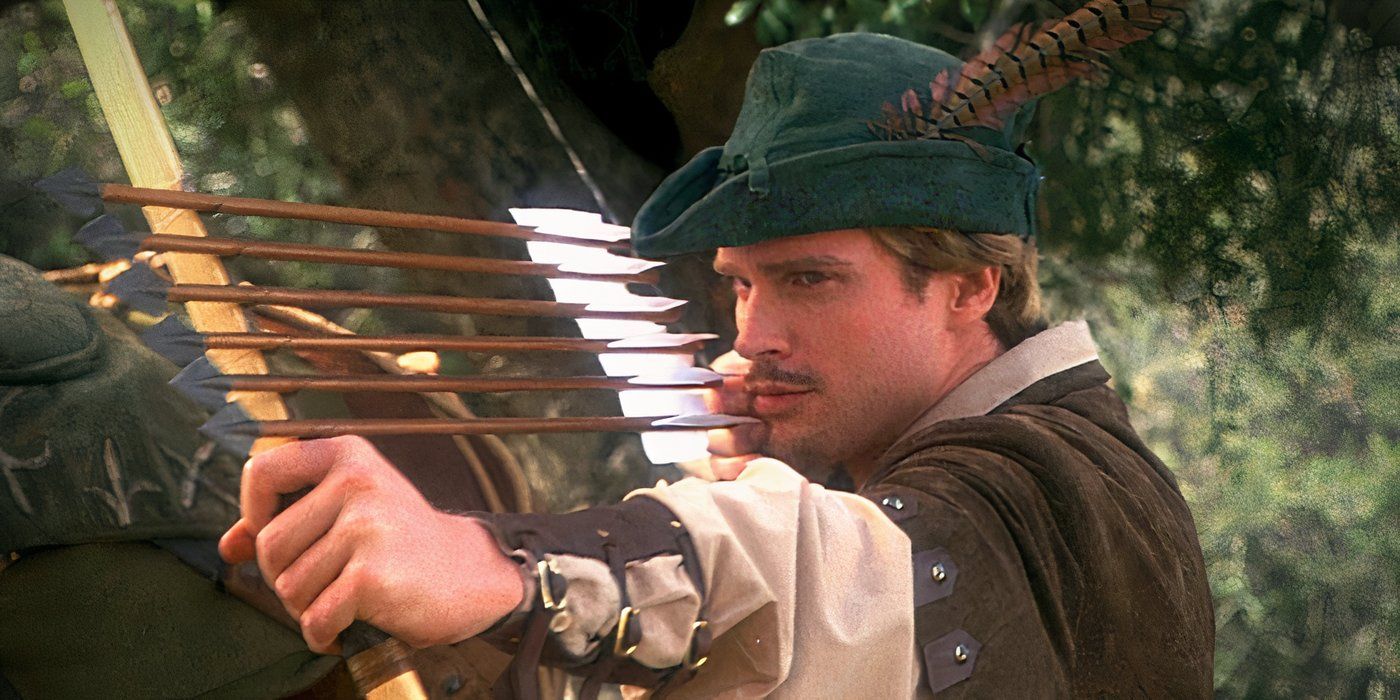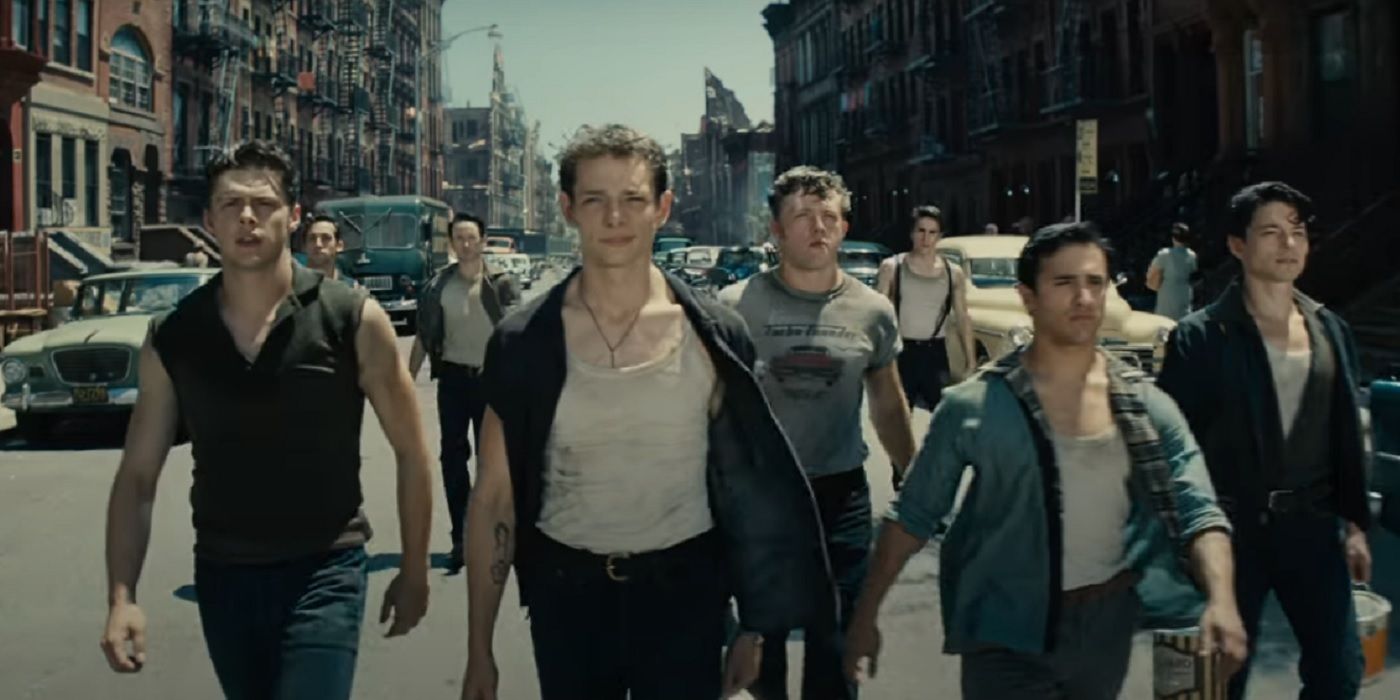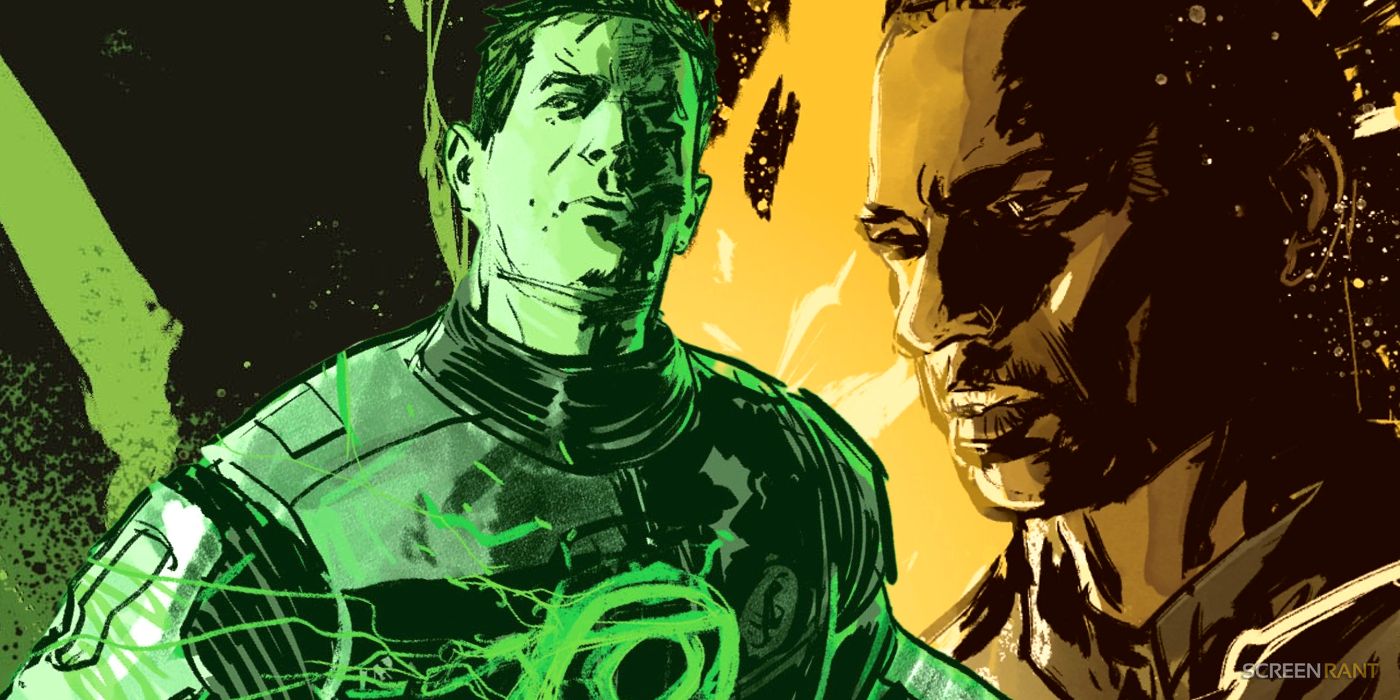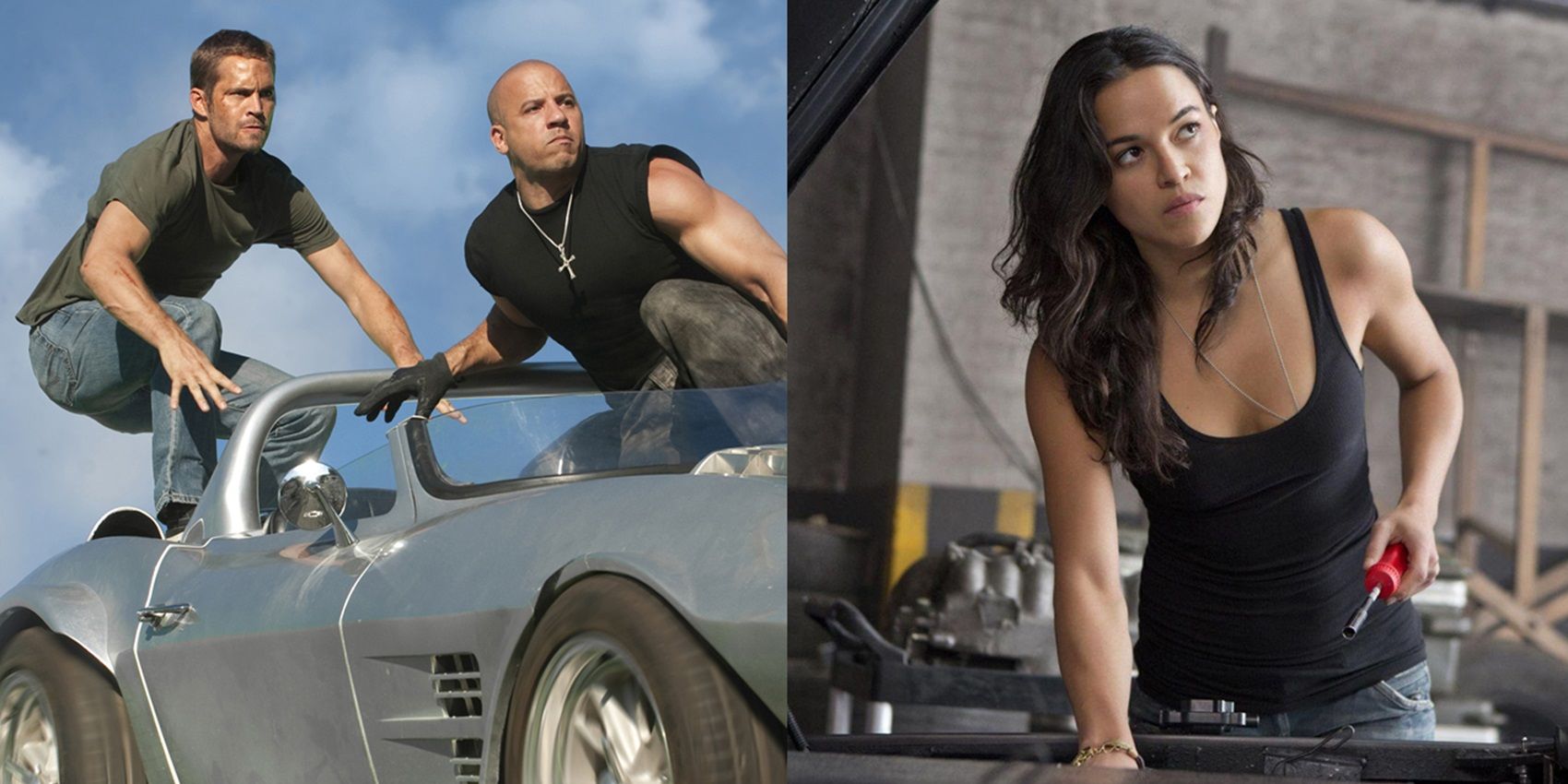The debut of the Ultimate Marvel Universe was a defining moment in the history of 21st century comic books. After decades of stories, reboots, retcons and continuity shifts, Marvel Comics in the late 1990s were too daunting for any new reader to get into. With new movies coming out based on the most popular characters, Marvel took a back-to-basics approach in 2000 that helped new fans get acclimated with the classic heroes and storylines without having to catch up on nearly 40 years of backstory. The Ultimate Universe would serve as a major template for the Marvel Cinematic Universe.
The rise and fall of the Ultimate Universe is a testament to the pitfalls of modern comic book storytelling. What began as a fresh new take on beloved heroes quickly became the very thing it was designed to combat. The series became inundated with retcons and complicated continuity. Attempts at satire, then-contemporary pop culture references and stories designed to shock eventually just made the imprint feel cynical and dated. While Marvel recently launched an all-new Ultimate Universe, the original will always hold a special place in the hearts of fans. Here are some of the major moments that defined the Ultimate Universe and set the tone that readers will look back on, fondly or otherwise.
10
Ultimate Spider-Man Introduces Us to a Brand-New Universe
Ultimate Spider-Man #1 (2000) by Brian Michael Bendis, Bill Jemas, Mark Bagley, Art Thibert, Steve Buccellato, Richard Starkings/Comicraft
The decision to launch the Ultimate Universe with Spider-Man was a no-brainer. The most popular and iconic hero that Marvel had to offer became the face of the new imprint, getting fans excited about the possibilities that this new universe had to offer. Ultimate Spider-Man brought Peter Parker into the 21st century, updating the Wall-Crawler with a modernized origin that readers could connect to.
What had started as a short origin story in Amazing Fantasy #15 was expanded into a six-issue retelling that took its time to set up Peter and his world, his relationship to classic characters like Uncle Ben, Aunt May and Mary Jane. The story was set during Peter’s high school years, capturing the character’s youthful energy that appealed to so many readers when he originally debuted in 1963. Ultimate Spider-Man would go on to become the longest-running series of the Ultimate Universe, with Bagley and Bendis working together for more than 100 issues.
Spider-Man
Spider-Man is the name given to several individuals who have employed a spider-moniker throughout Marvel Comics. Typically gaining their powers through a bite from a radioactive spider, the different Spider-Man heroes employ super-strength, agility, and intellect while utilizing webbing to swing and tangle up their foes. The most notable of these Spider-Men is Peter Parker, who remains one of the most popular superheroes throughout the world.
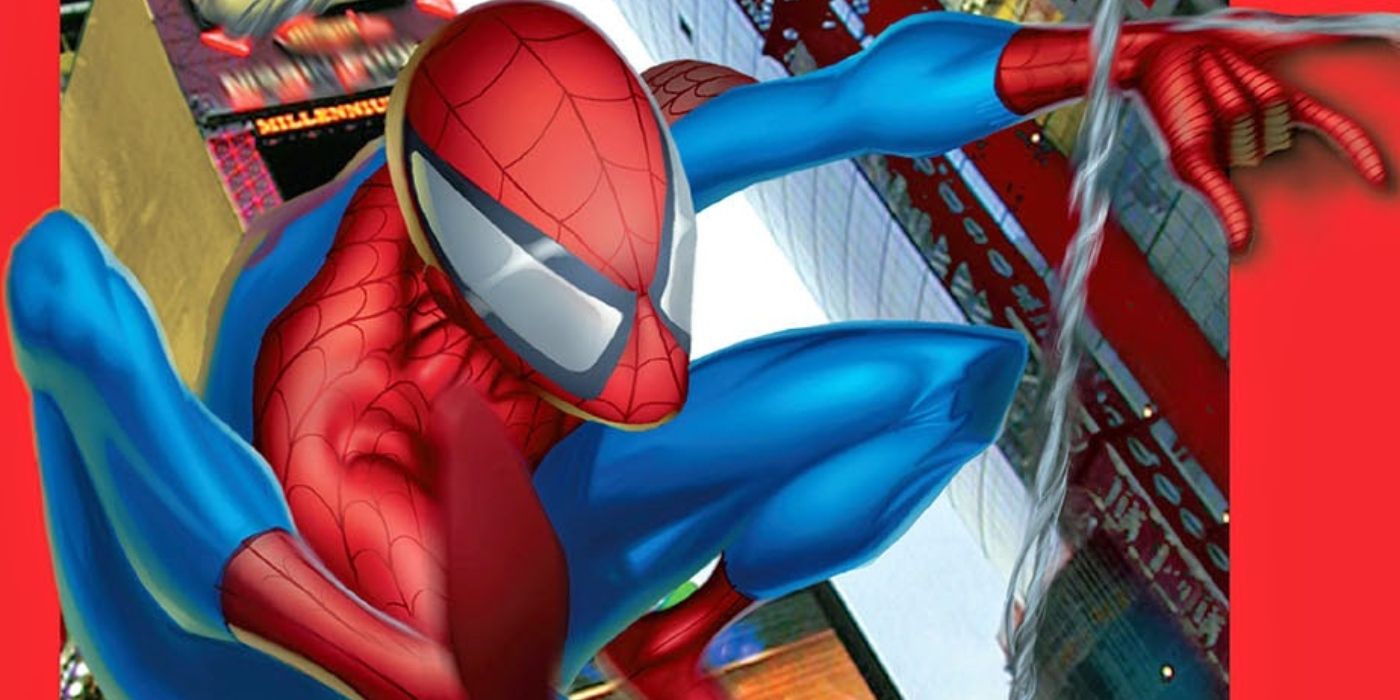
Related
10 Ultimate Spider-Man Moments That Helped Marvel Websling Into the New Millennium
The Ultimate Universe was created to modernize Marvel characters and storylines, & Ultimate Spider-Man was the flagship. Here’s the 10 best moments!
9
Wolverine Infiltrates the X-Men to Assassinate Professor X
Ultimate X-Men #1 (2000) by Mark Millar, Adam Kubert, Art Thibert, Richard Isanove, Richard Starkings, Wes Abbott
One of the great shocks of the early days of the Ultimate Universe comes at the end of Ultimate X-Men #1, when Magneto decides to send an assassin after his former friend, Charles Xavier. The issue’s final page reveals that the assassin he’s chosen is none other than Wolverine. Logan’s undercover mission drives the series’ first story arc. At first, Wolverine has no qualms about killing Xavier, and only delays completing the task so that he can bed Jean Grey. However, by the series’ sixth issue, he realizes the value of Xavier’s dream of mutant and human co-existence. He turns on Magneto and helps the X-Men defeat the Master of Magnetism.
While it makes for a compelling narrative, the character of Wolverine in the Ultimate Universe would eventually be plagued with inconsistencies. After being forgiven and re-joining the X-Men, he would oscillate between the noble warrior fans are more familiar with, and this new, darker version. Eventually, Wolverine tries to murder Cyclops in an attempt to get back together with Jean. He’s kicked off the X-Men, only to be once again forgiven and welcomed back onto the team. His characterization would continue to swing back and forth depending on who was writing him, until eventually he is killed by Magneto in Ultimatum.
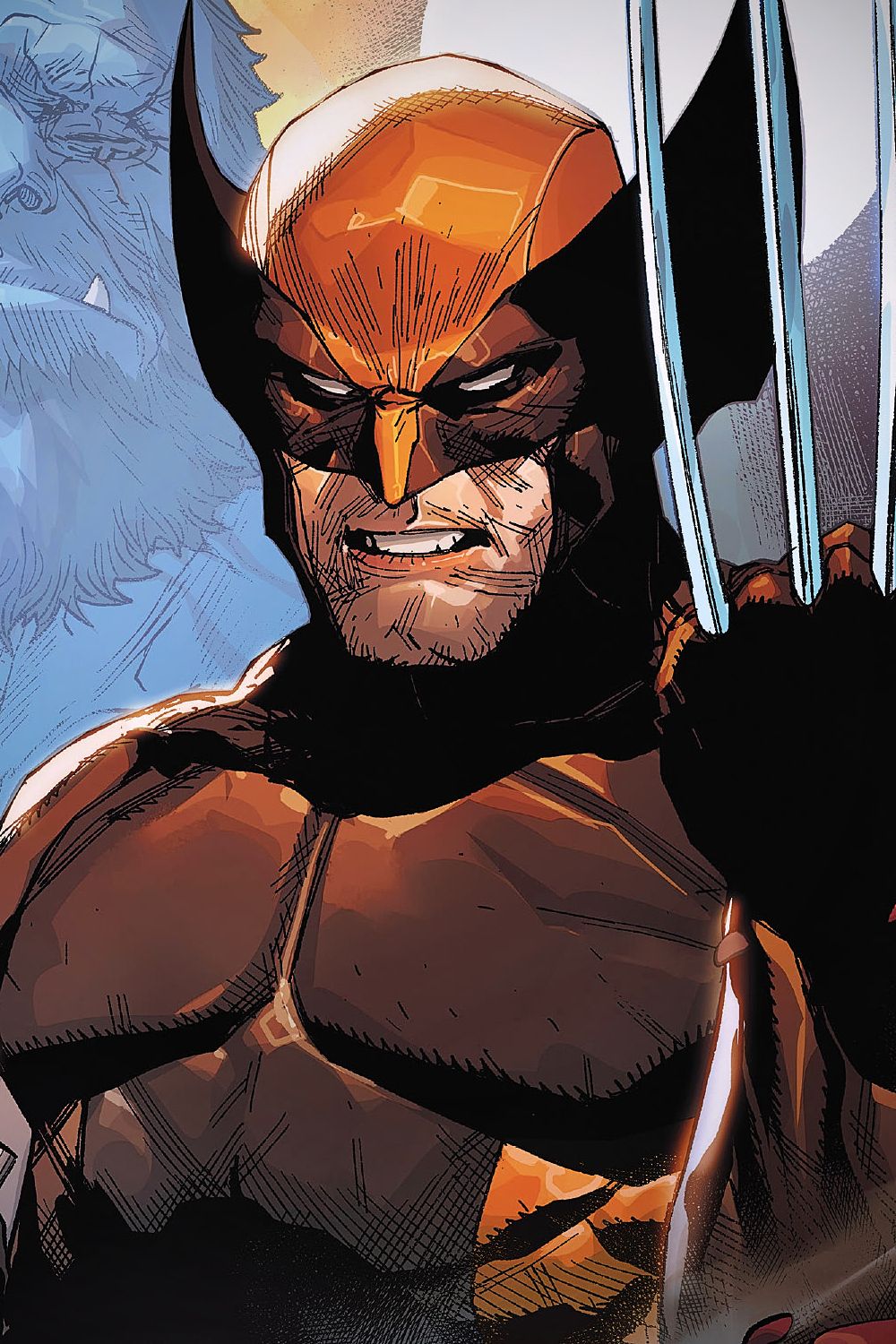
Wolverine
The human mutant Wolverine (a.k.a. Logan) was born James Howlett, blessed with a superhuman healing factor, senses, and physiology. Subjecting himself to experimentation to augment his skeleton and claws with adamantium, Logan is as deadly as he is reckless, impulsive, and short-tempered. Making him the X-Men’s wildest and deadliest member, and one of Marvel Comics’ biggest stars.
8
The New Nick Fury’s Look is Inspired by Samuel L. Jackson
Ultimates #2 (2002) by Mark Millar, Bryan Hitch, Andrew Currie, Paul Mounts, Chris Eliopoulos
From his first appearance in the after-credits scene of 2008’s Iron Man, Samuel L. Jackson has been the quintessential Nick Fury for millions of people. A large part of that is due to the character’s appearance in the Ultimate Universe. His first appearance in Ultimate X-Men established this Nick Fury as a Black man, as opposed to the white, David Hasselhoff-looking figure that readers had known for decades. The Ultimates solidified his resemblance to Jackson, an appearance approved by the actor and designed to set up the perfect casting should the Director of S.H.I.E.L.D. ever make it to the big screen.
Nick Fury himself would note his resemblance to Jackson, pointing out that there’s no other actor who could possibly play him in a movie. And he was right, as Jackson has embodied the character for more than a decade. The connection between Fury and his Jackson appearance would become so strong that Marvel killed off the original Nick Fury in the 616 universe and replaced him with “Nick Fury Jr.”, the son of the original who strongly resembles his Ultimate incarnation and who is never referred to as “Junior” in any comics.
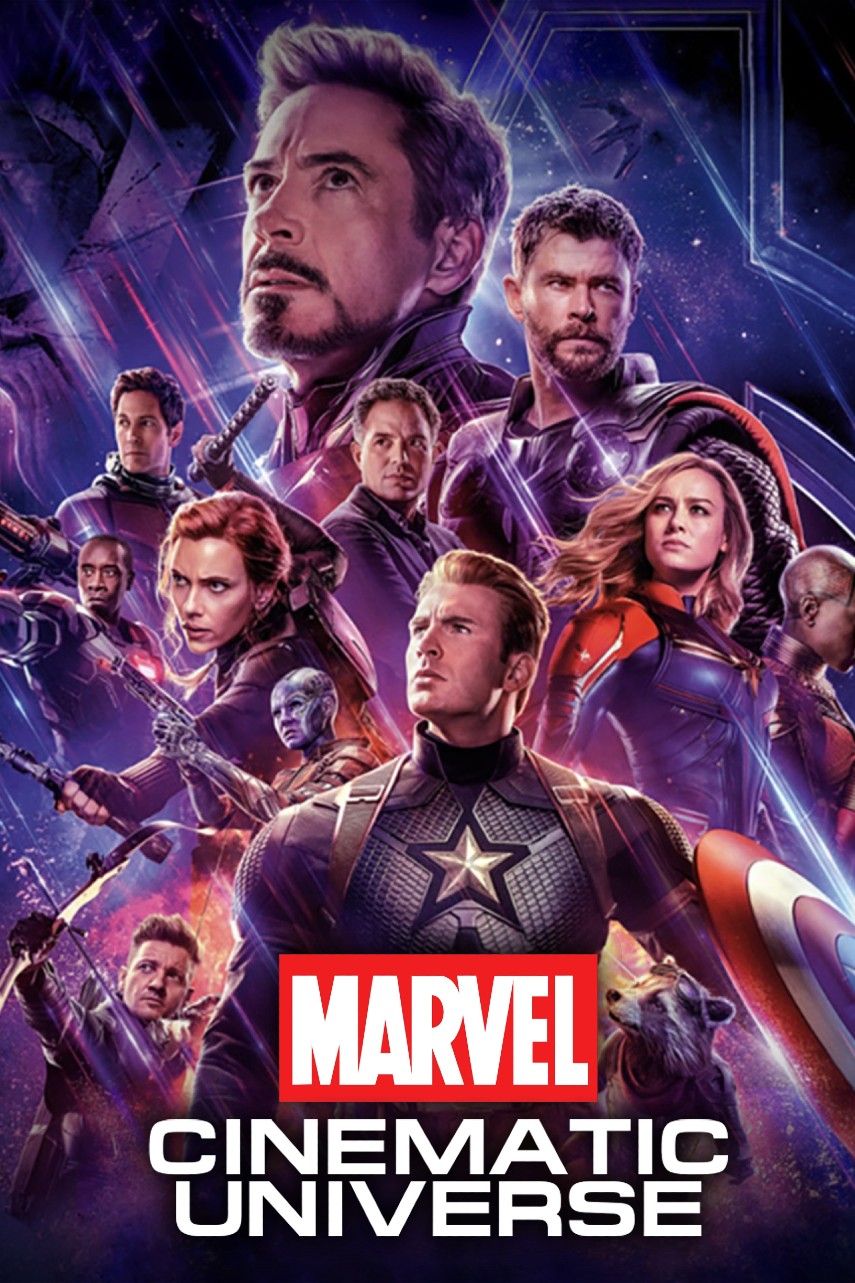
Marvel Cinematic Universe (MCU)
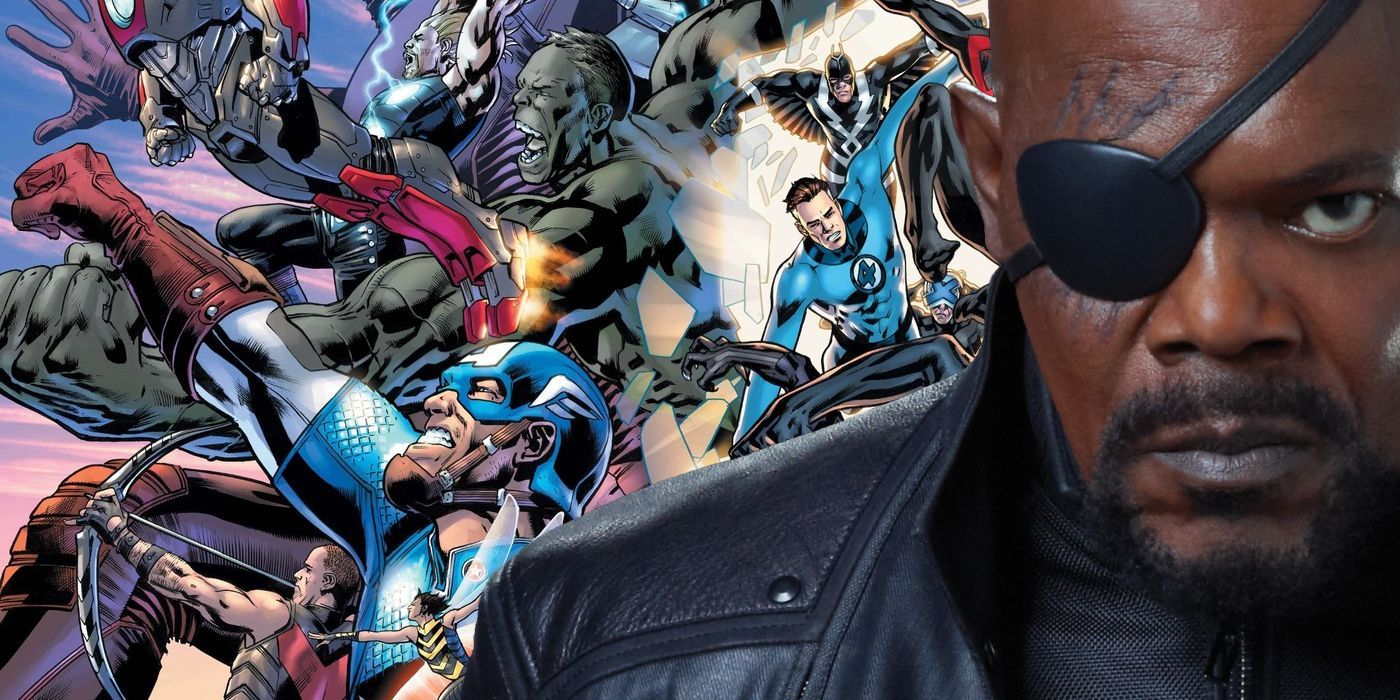
Related
Marvel’s New Ultimate Universe is Missing a Key Hero
The new Ultimate Marvel Universe is missing perhaps its most recognizable hero, the master manipulator whose very appearance influenced the early MCU.
7
The Ultimates Heavily Influenced the MCU’s Avengers
Ultimates #2 (2002) by Mark Millar, Bryan Hitch, Andrew Currie, Paul Mounts, Chris Eliopoulos
When Earth’s Mightiest Heroes first assembled to form the Avengers, it was a result of dire circumstances. Loki posed a threat greater than any one hero could tackle, necessitating the ultimate team-up. While the team would later fall under the supervision of S.H.I.E.L.D. and receive a UN charter, they always started as their own, independent entity. That was not the case in the Ultimate Universe.
Instead of coming together on their own, the Ultimates were assembled by Nick Fury and S.H.I.E.L.D. to provide the United States with a super-powered weapon. This added an element of modernity and more socio-political commentary to the series, as the heroes answered to the government and would go where they were told to go. This created a sense that the Earth’s Mightiest Heroes were an extension of the U.S. military industrial complex. Some heroes eventually grew to distrust the agendas of Fury and other government officials who sent them on missions.
This element of the team was carried over to the MCU. In the films, Nick Fury is the one who brings the heroes together under the Avengers Initiative. And while movies like Captain America: The Winter Soldier would raise the idea that heroes were being used to carry out government agendas, the films would not make it as big a theme as the Ultimate Universe comics did.
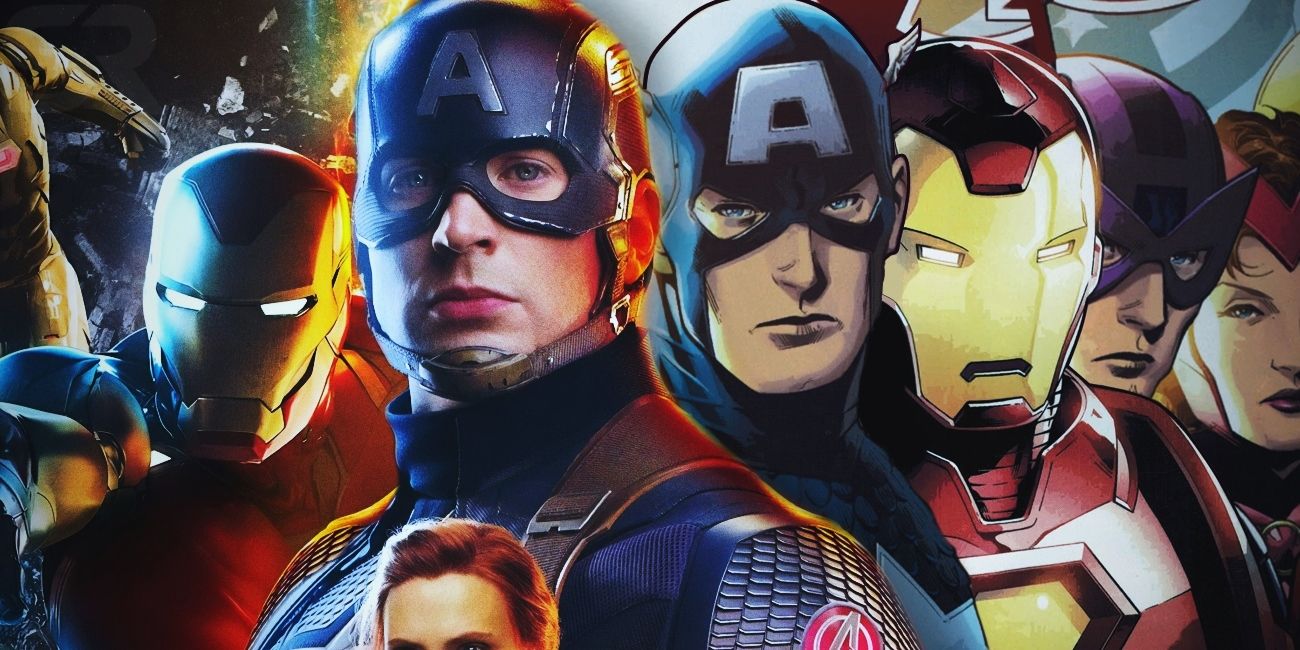
Related
The MCU is Based On [SPOILER], Not Marvel’s Original Avengers
The MCU may be adapted from the comics, but some of their most successful ideas actually came from their Ultimate Universe imprint.
6
Hulk Smash Freddie Prinze Jr.
Ultimates #4 (2002) by Mark Millar, Bryan Hitch, Andrew Currie, Paul Mounts, Chris Eliopoulos
The characterization of the Hulk in the first Ultimates series perfectly encapsulates the mean-spirited feeling that plagues much of the Ultimate Universe. While Bruce Banner is acknowledged as the brilliant scientist fans have always known him as, he is regularly mocked and belittled by his teammates. He is hesitant to turn into the Hulk, and so his fellow heroes treat him like a nerd and a communal punching bag. His girlfriend, Betty Ross, also seems to have little respect for him. This all culminates when she apparently goes on a date with the actor Freddie Prinze Jr.
Upon hearing the news, Banner turns himself into the Hulk again and begins a rampage through New York City. He is furious that Betty would potentially betray him for Freddie Prinze Jr., and desperately wants to prove what a big man he is by smashing the star of She’s All That. This is the mission that assembles the Ultimates together as a team for the first time. After getting turned back into his regular self, a sniveling Banner tries to claim that this was his plan all along, only to be met with a boot to the face from Captain America.
Hulk
- Created By
-
Stan Lee
, Jack Kirby - First Appearance
-
The Incredible Hulk (1962)
- Alias
-
Robert Bruce Banner
- Alliance
-
Avengers, Defenders, Horsemen of Apocalypse, Fantastic Four, Pantheon, Warbound, S.M.A.S.H., Secret Avengers
- Franchise
-
Marvel
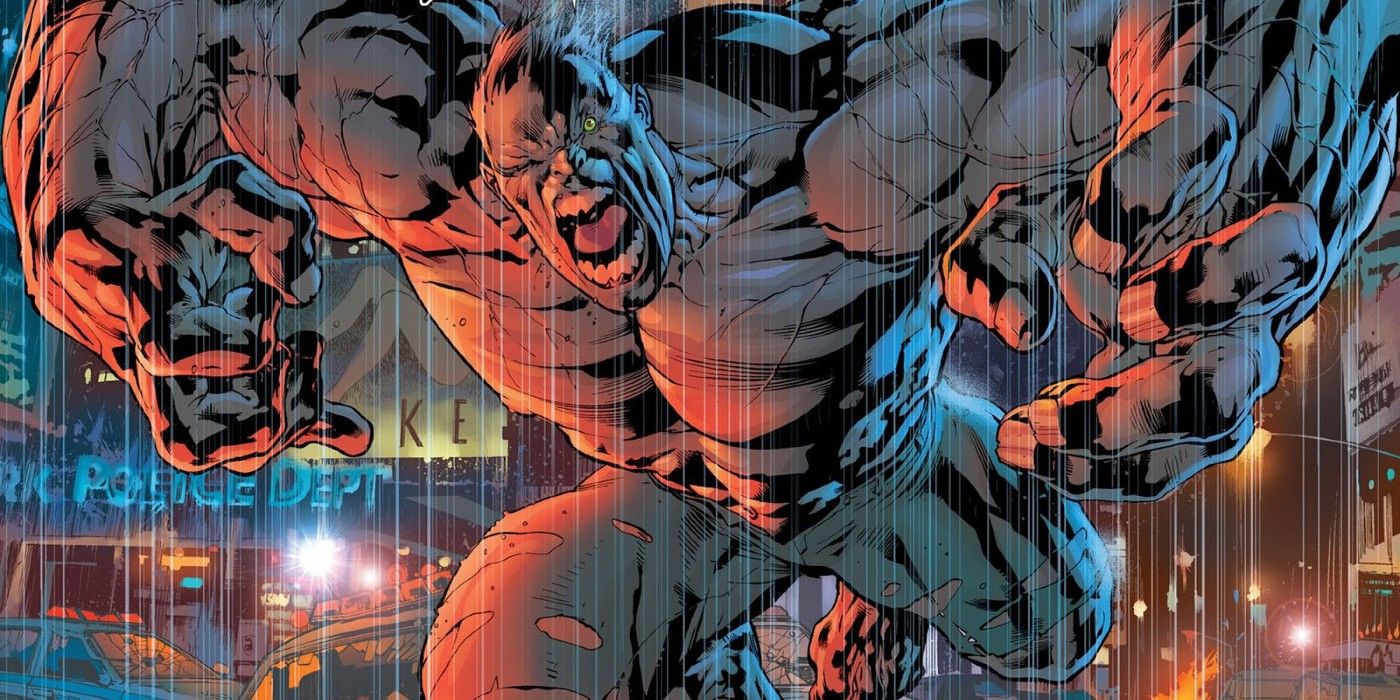
Related
Hulk’s Most Violent Transformations were Caused by Freddie Prinze Jr.
Betty Ross’ date with Freddie Prinze Jr. contributed to Bruce Banner’s return as the Ultimate Hulk and the actor also caused other Hulk outs as well!
5
“You Think This Letter on My Head Stands for France?”
Ultimates #12 (2003) by Mark Millar, Bryan Hitch, Paul Neary, Paul Mounts, Chris Eliopoulos
What started as a joke has become a representation of the Ultimate Universe as a whole. The imprint’s launch coincided with the presidency of George W. Bush, and writers (particularly Mark Millar) saw the opportunity to use the Ultimate line to satirize the attitudes and politics of the United States at the time. In the wake of the invasion of Iraq in 2003, there was a heavy anti-French sentiment among some in the U.S. This chest-thumping moment by Captain America is a cheap shot at an easy target, suggesting that an American would not surrender in the face of adversity like the French might.
The tone of the comment is mean-spirited and already felt dated at the time. It’s tough to imagine Chris Evans’ Steve Rogers, or even the mainstream 616 comics version of Cap, taking a moment in the heat of battle to shout out a tone-deaf, jingoistic comment that would later become a meme. As a veteran of World War II, Steve Rogers would know the contributions that the people of France made towards battling the Nazis.
It’s also indicative of Captain America’s characterization as a whole in the Ultimate line. Millar’s stories leaned into the “man out of time” elements, essentially making him an old man in a young man’s body. This becomes a major sticking point when Steve dates Janet van Dyne aka the Wasp. He only wants to hang out with his contemporaries from World War II, listen to music from the 1940s and complain about nudity and swearing in modern movies. Tired of all the activities for elderly people, Janet leaves him.
Captain America
Initially debuting in 1940, Captain America is the patriotically themed superhero who has shared the title with only a few individuals. Beginning with Steve Rogers, Captain America’s birth resulted from a frail man taking part in an experimental U.S. Army super-soldier trial, which imbued him with super-human abilities. The character is often depicted wielding a nigh unbreakable and aerodynamic shield made of vibranium that they use to defend and attack their foes.
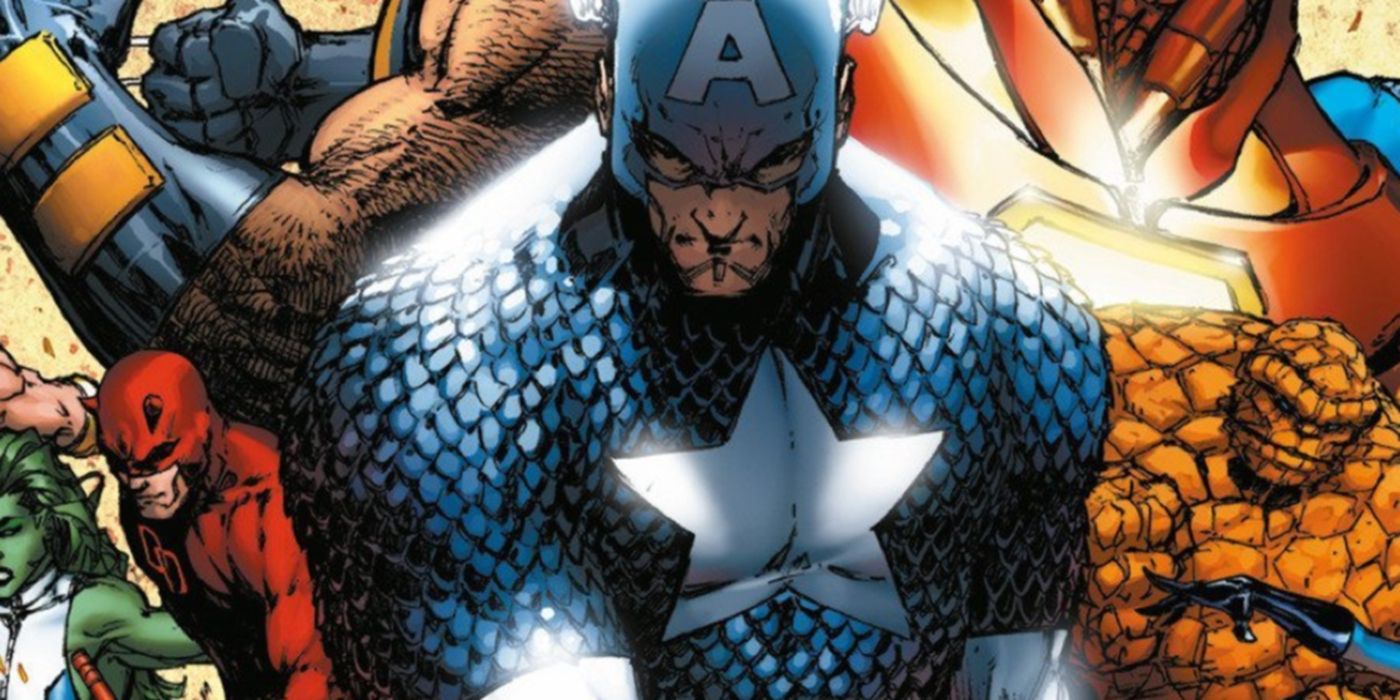
Related
Captain America’s Most Controversial Quote is Wrong, According To Marvel
One Captain America made comic history in a panel saying why he never gives up, but Steve’s loss in Civil War shows there is strength in surrender.
4
Scarlet Witch and Quicksilver are WAY Too Close
Ultimates 3 #1 (2007) by Jeph Loeb, Joe Madureira, Christian Lichtner, Richard Starkings
Brother-sister duo Quicksilver and the Scarlet Witch have always been close, but the Ultimate Universe took it to a degree that left an unsettling feeling in the pit of many readers’ stomachs. Like in the 616 universe, the Ultimate versions of Pietro and Wanda Maximoff are the mutant children of Magneto. After rebelling against his campaign for mutant domination, they eventually join up with the Ultimates. It’s later revealed that Scarlet Witch and Quicksilver are involved in an incestuous relationship with each other.
Prior to Ultimates 3, there were hints at their closeness. They could be seen holding each other closely or enjoying activities that most people would describe as romantic in nature, like enjoying a gondola ride through the canals of Venice. But when the Ultimate Universe decided to do away with any subtext and make it canonical that they were sleeping together, many fans abandoned ship. Captain America’s disgust at the discovery of the Maximoff twins’ relationship captured the feeling that many readers had, and forever tainted the two beloved heroes (and the Ultimate line as a whole) in the eyes of many fans.
Scarlet Witch
- Created By
-
Stan Lee
, Jack Kirby - First Appearance
-
The X-Men (1963)
- Alias
-
Wanda Frank
- Alliance
-
Avengers, A-Force, Brotherhood of Mutants, Defenders, Force Works, Lady Liberators, Uncanny Avengers, West Coast Avengers
- Franchise
-
Marvel
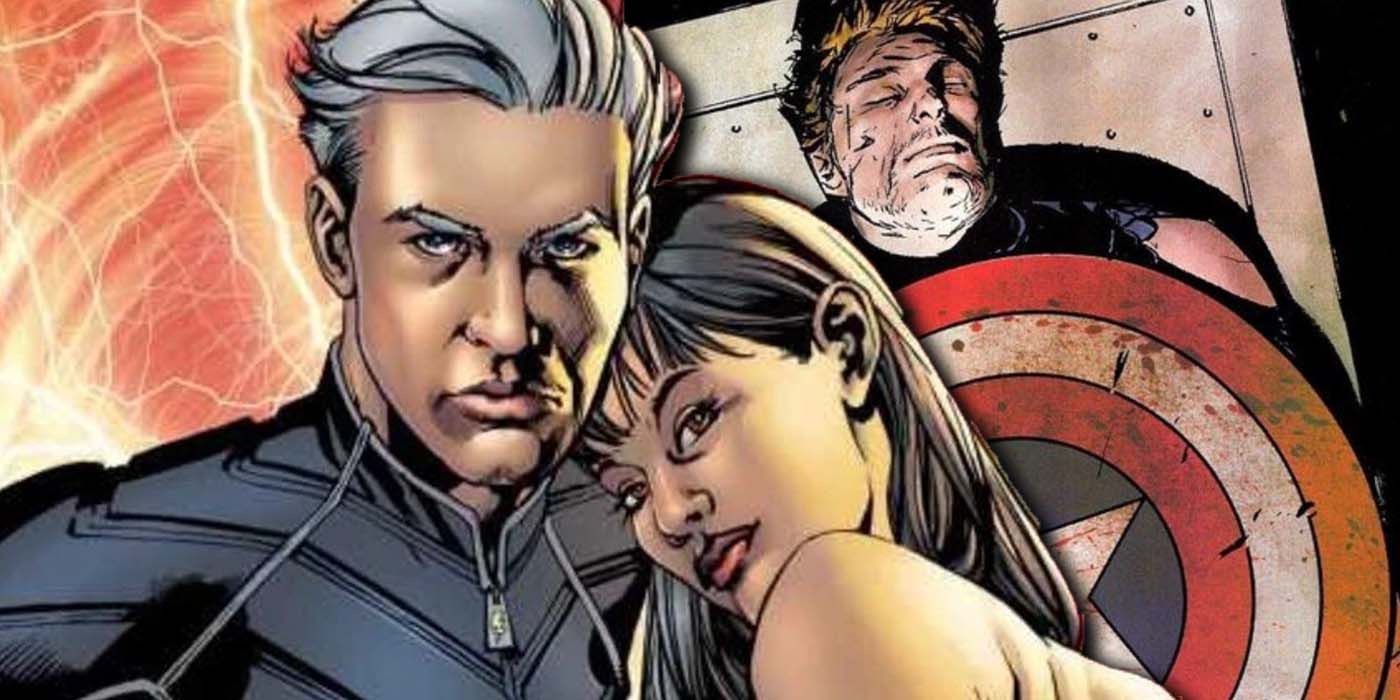
Related
Scarlet Witch & Quicksilver’s Gross Romance Nearly Killed Captain America
Captain America once made it known he didn’t support Quicksilver and Scarlet Witch’s relationship. It nearly cost him his life.
3
Ultimatum Blows Up the Marvel Universe
Ultimatum #1-5 (2008-09) by Jeph Loeb, David Finch, Danny Miki, Steve Firchow, Peter Steigerwald, Guru-eFX, Richard Starkings/Comicraft
By 2008, the luster had worn off the Ultimate Universe. What had once been a fresh start for new readers to get to know classic characters had become bogged down with its own continuity and retcons. Ultimatum was designed to shake things up and prove that this was not your father’s Marvel Universe. But the result was a bloodbath that many fans saw as the final nail in the coffin of the Ultimate Universe.
Ultimatum sees Magneto attacking New York City with a massive tidal wave, setting off a string of deaths of fan-favorite characters. Wolverine, Cyclops, Giant-Man, the Wasp, Daredevil, Nightcrawler, Professor X and countless others are killed off for seemingly no other reason than shock value. True to the cynical nature of the Ultimate Universe, some of these deaths are unspeakably gruesome, most notably when the Blob kills and eats the Wasp. In one fell swoop, heroes who fans had followed for nearly a decade were wiped off the board. The Ultimate Universe continued to limp along for a few more years, but for many fans, this was truly the end of what had been such a promising line.
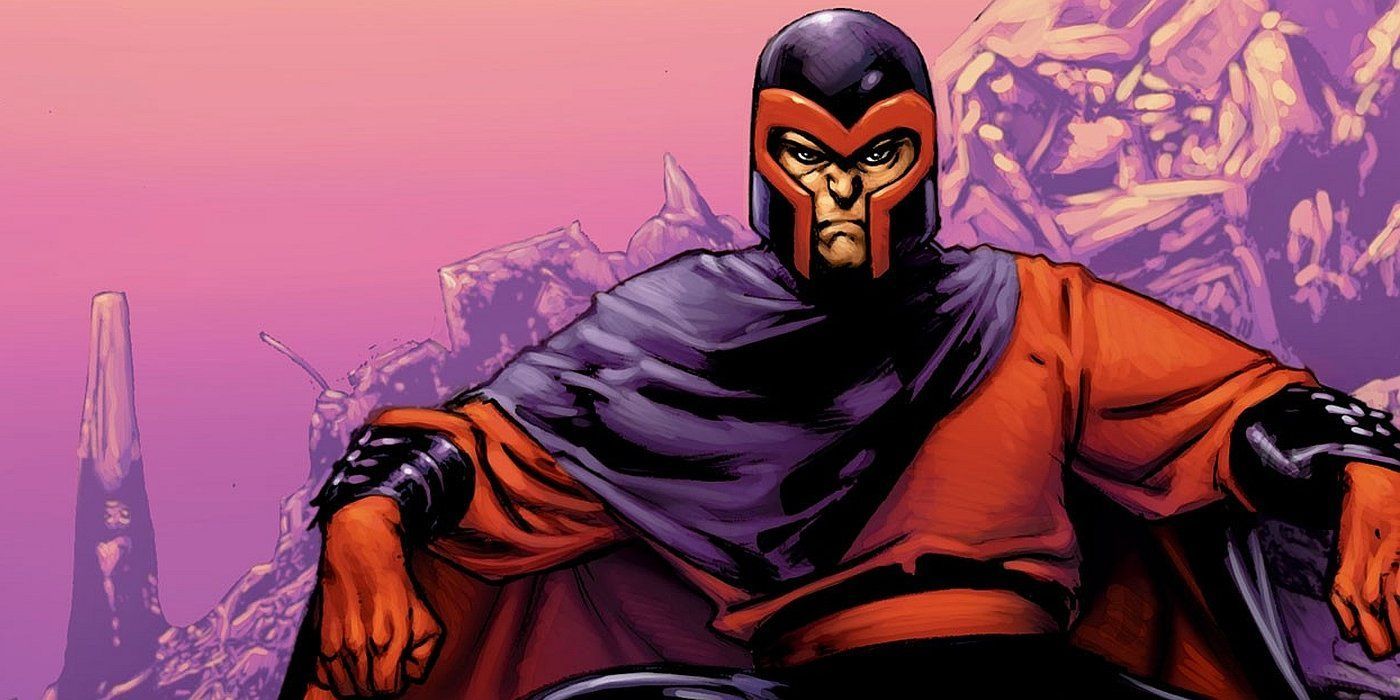
Related
Hawkeye Caused Magneto to Start Marvel’s Worst Event
Hawkeye’s death wish in Ultimates 3 caused a failed assassination attempt on Magneto which would lead to Ultimatum, one of Marvel’s worst events!
2
Miles Morales Suits Up as Spider-Man
Ultimate Fallout #4 (2011) by Brian Michael Bendis, Jonathan Hickman, Nick Spencer, Sara Pichelli, Salvador Larroca, Clayton Crain, Justin Ponsor, Frank D’Armata, Cory Petit, Clayton Cowles
On top of all the deaths in Ultimatum, Marvel took another huge risk with the Death of Spider-Man story. Creators had insisted that character deaths would be permanent in the Ultimate Universe. This was a way to avoid the “comic book death trope” where characters are constantly resurrected and creators bend over backwards to explain why a seemingly deceased character hadn’t REALLY died. Killing off the Ultimate line’s flagship character – and a high schooler, no less – could have sunk the imprint completely. Luckily, Miles Morales was waiting in the wings, setting up the Ultimate Universe’s most enduring contribution to Marvel lore.
Miles made a huge splash when he arrived after the death of Peter Parker. Legacy heroes in comics can be a tricky thing. When a new hero takes up a classic mantle, their stories can often feel like a retread of their predecessor’s, or a transparent attempt to be the exact opposite. Luckily, Miles was neither of these. Instead, here was a fresh new character who readers could connect to and cheer for. His debut was met with widespread acclaim, and when the Ultimate Universe was destroyed in 2015, Miles Morales was one of the few characters carried over to the main 616 universe, where he has continued to thrive.
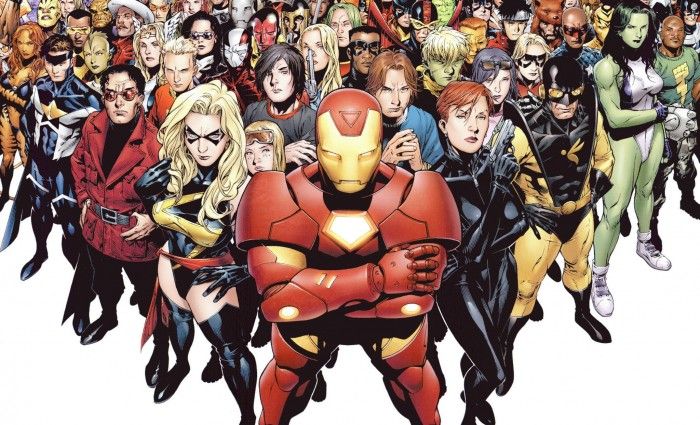
Related
One Marvel Character Is Officially From Two Universes At Once
Out of the entire Marvel Multiverse, only one superhero is from two universes – and it’s not who you think.
1
The Ultimate Universe Goes Out With a Bang in Secret Wars
Secret Wars #1 (2015) by Jonathan Hickman, Esad Ribić, Ive Svorcina, Chris Eliopoulos
By 2015, the Ultimate Universe was on its last legs. With the exception of Miles Morales’ popular debut, the line had seemingly lost all relevance among comic book fans. A few crossovers between the 616 universe and the Ultimate Universe allowed mainstream versions of heroes to meet their Ultimate counterparts, and established a friendship between Peter Parker and Miles Morales that has persisted to this day. But with writer Jonathan Hickman’s universe-destroying Secret Wars event, Marvel took the opportunity to give the universe a definitive end.
The lead-up to Secret Wars saw the destruction of many universes in Marvel’s vast multiverse. The Avengers were unable to stop the deaths of these worlds, and eventually, the only two left were the Ultimate Universe and the 616 universe. The two collided in the first issue of Secret Wars. Heroes from both universes fought to save their worlds, resulting in a massive battle between different iterations of familiar heroes. Despite their best efforts, both universes were destroyed.
While the 616 universe would be revived following Secret Wars, the Ultimate Universe remained dead, for the most part. In the past year, Marvel has revived the “Ultimate” moniker for a new line of comics taking place in an alternate universe. This new, separate universe is only tangentially related to the original Ultimate Universe, but is similarly endeavoring to tell fresh origin stories for familiar characters. Whether it lasts for a long time or has a greater impact on the Marvel Universe remains to be seen. But it will take a while for it to produce as many iconic and definitive moments as the original Ultimate Universe did.
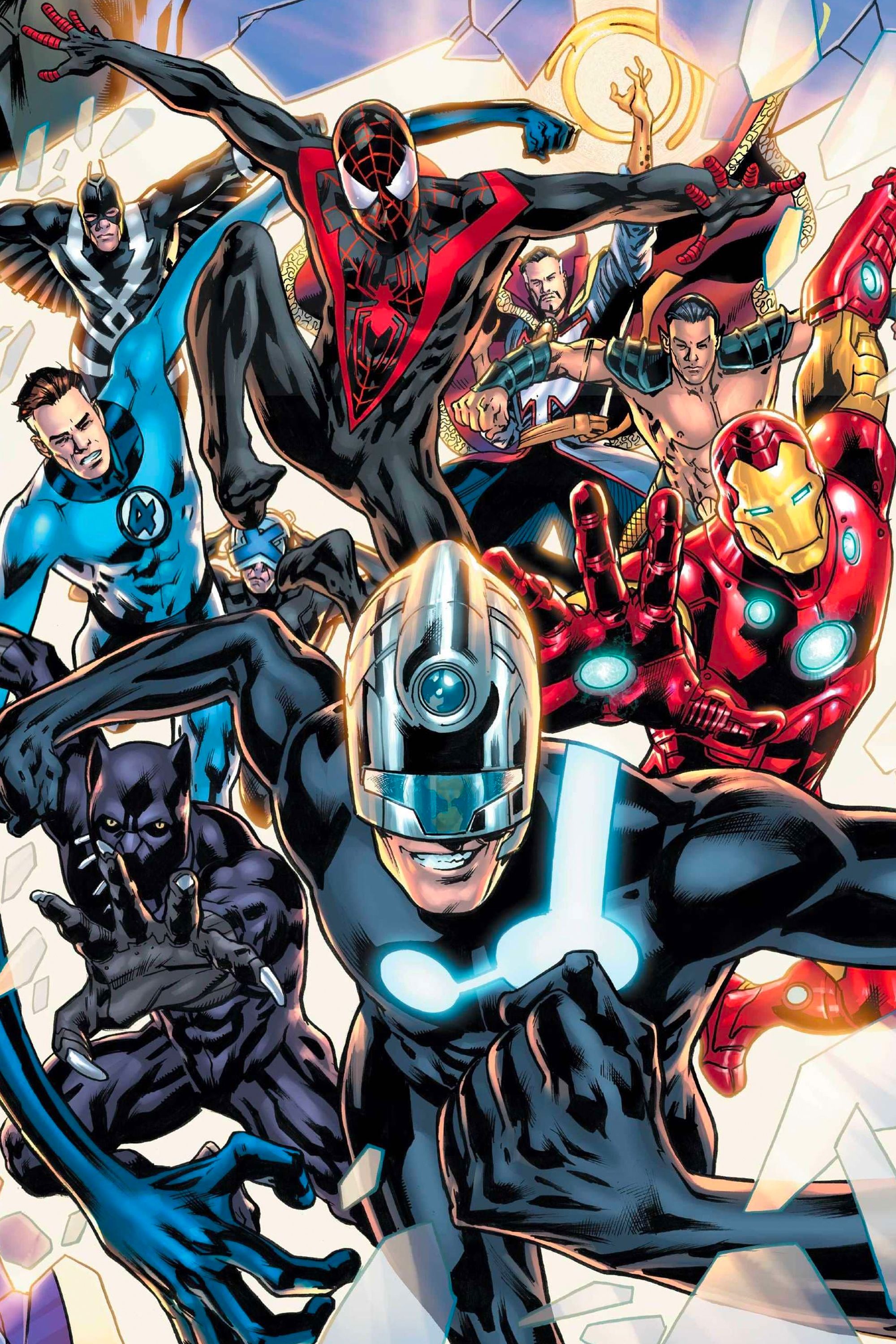
Ultimate Marvel
Created in 2000, the Ultimate Marvel imprint redesigned the entire Marvel Comics universe with a new set of origin stories and relationships. The reboot reinterpreted Marvel continuity from scratch in an attempt to simplify and update the company’s 60-year history for modern audiences. With famous comic book writers such as Brian Michael Bendis, Warren Ellis, and Mark Millar at the helm, the Ultimate universe (named Earth-1610 within the Marvel multiverse) lasted 15 years and provided plenty of inspiration for the MCU.
- Writer
-
Brian Michael
- Publisher(s)
-
Marvel
- Main Characters
-
Spider-Man
, The Hulk
, Thor
, Daredevil
Summary
Created in 2000, the Ultimate Marvel imprint redesigned the entire Marvel Comics universe with a new set of origin stories and relationships. The reboot reinterpreted Marvel continuity from scratch in an attempt to simplify and update the company’s 60-year history for modern audiences. With famous comic book writers such as Brian Michael Bendis, Warren Ellis, and Mark Millar at the helm, the Ultimate universe (named Earth-1610 within the Marvel multiverse) lasted 15 years and provided plenty of inspiration for the MCU.
